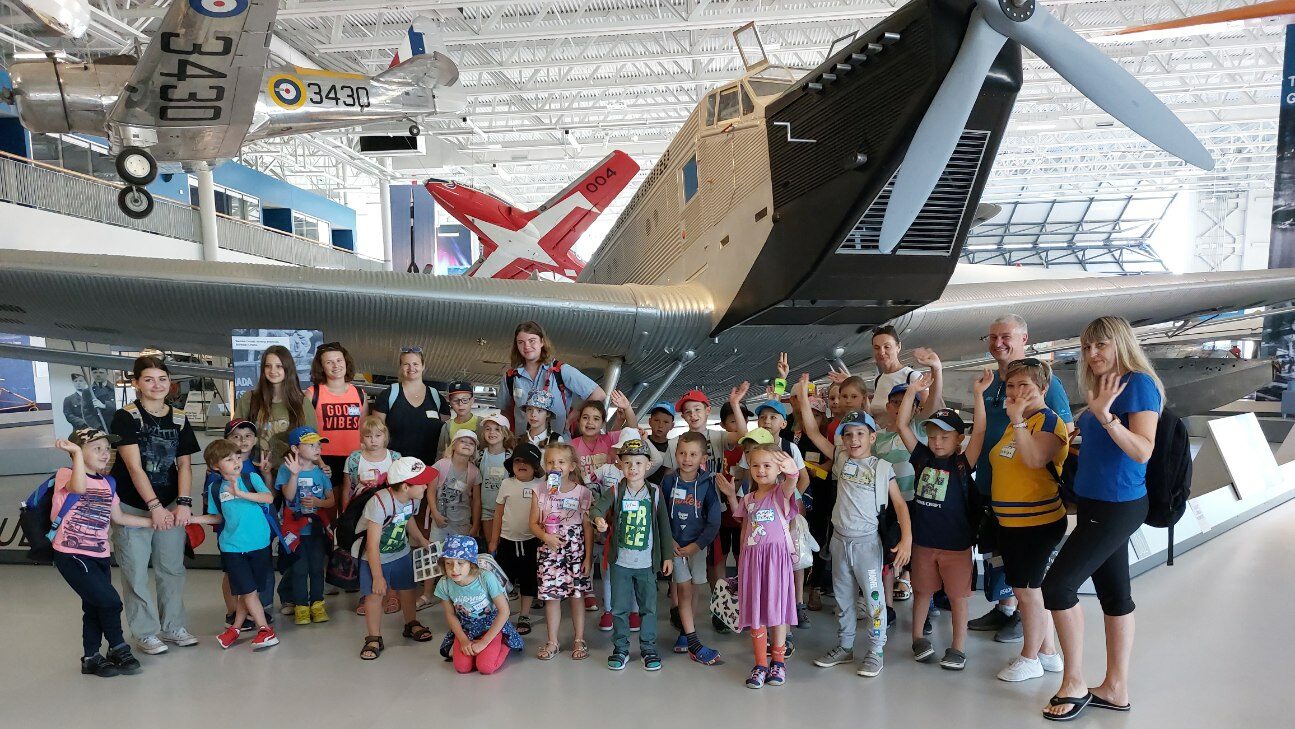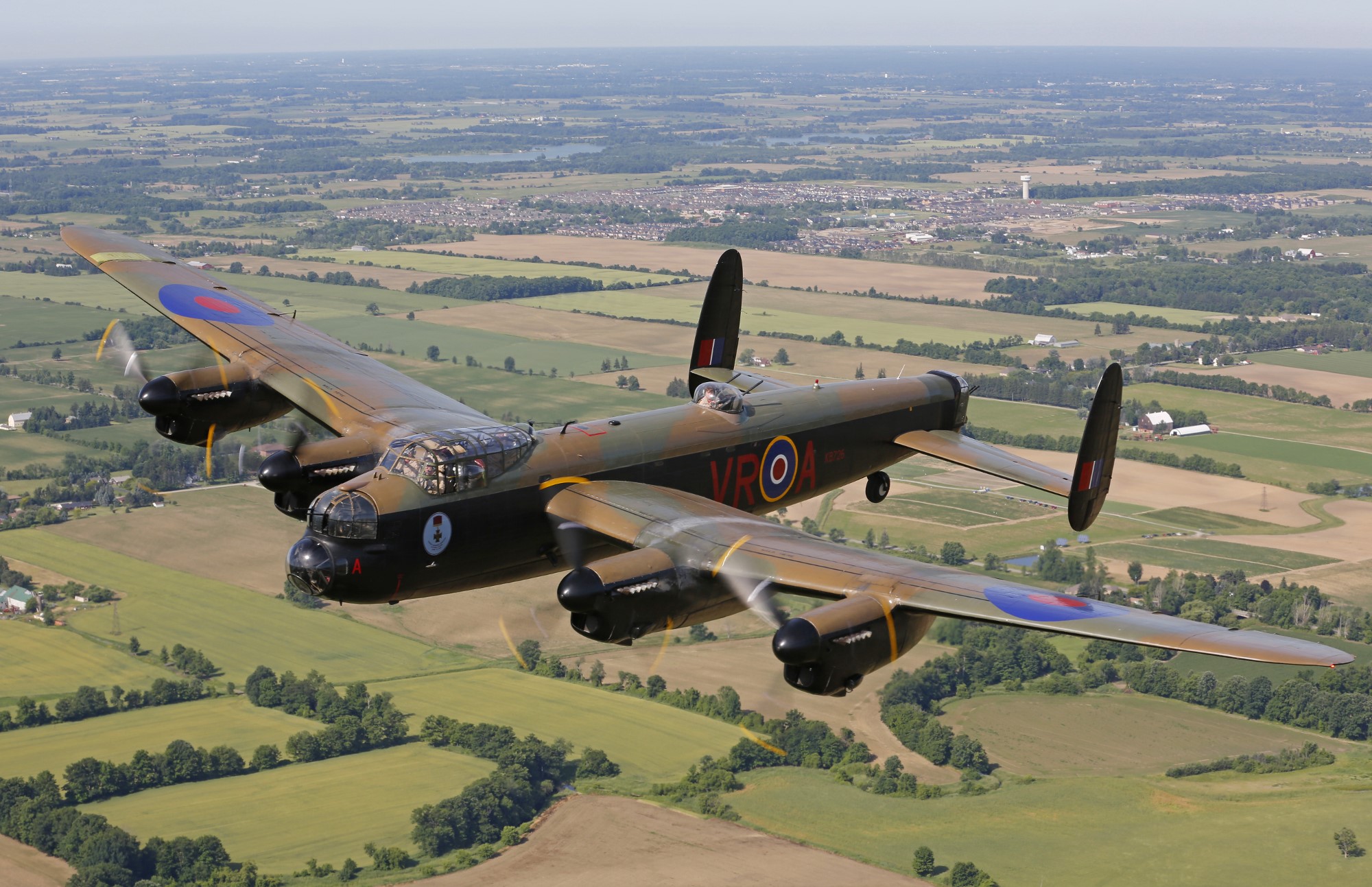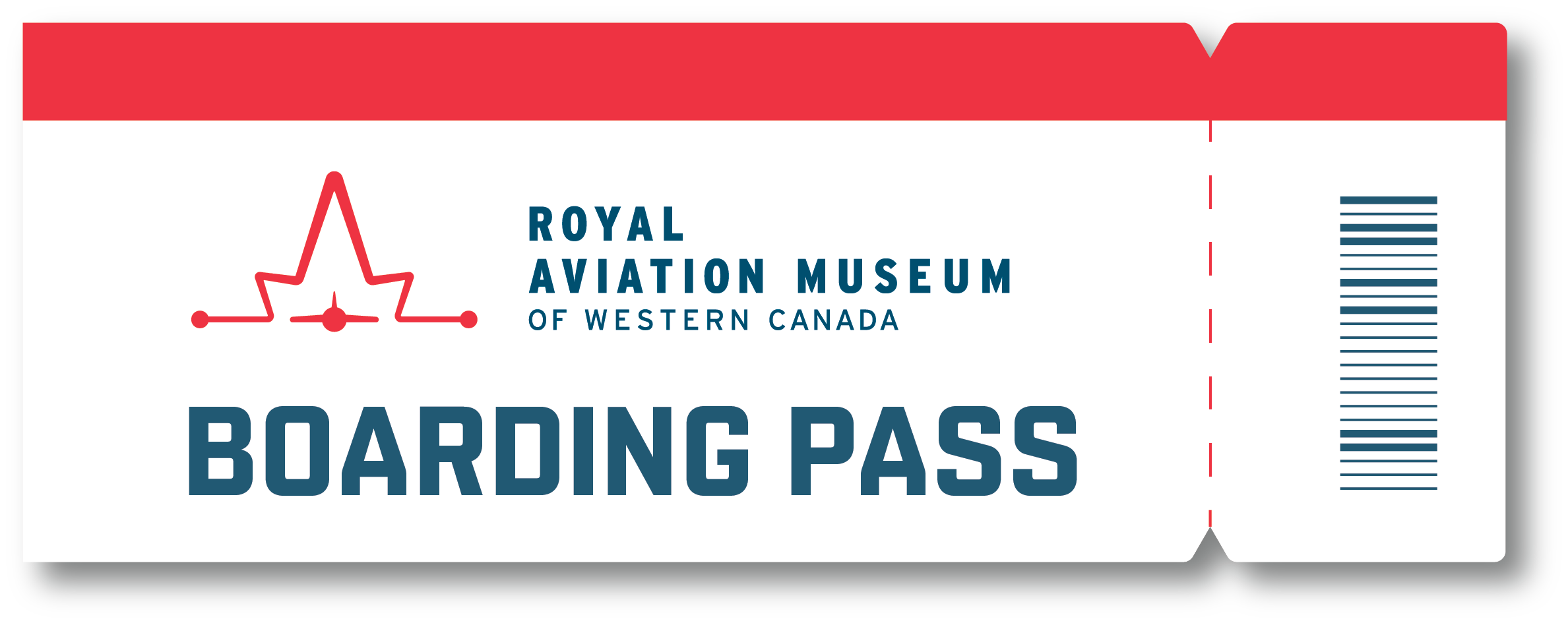January 19, 2024
Our Standard Aero Mechanics’ Workshop is about to get a lot more exciting thanks to a new interactive exhibit.
Six students from the University of Manitoba’s Price Faculty of Engineering recently wrapped up the design of a hands-on exhibit representing the stages of a combustion engine cycle using engine cutaways.
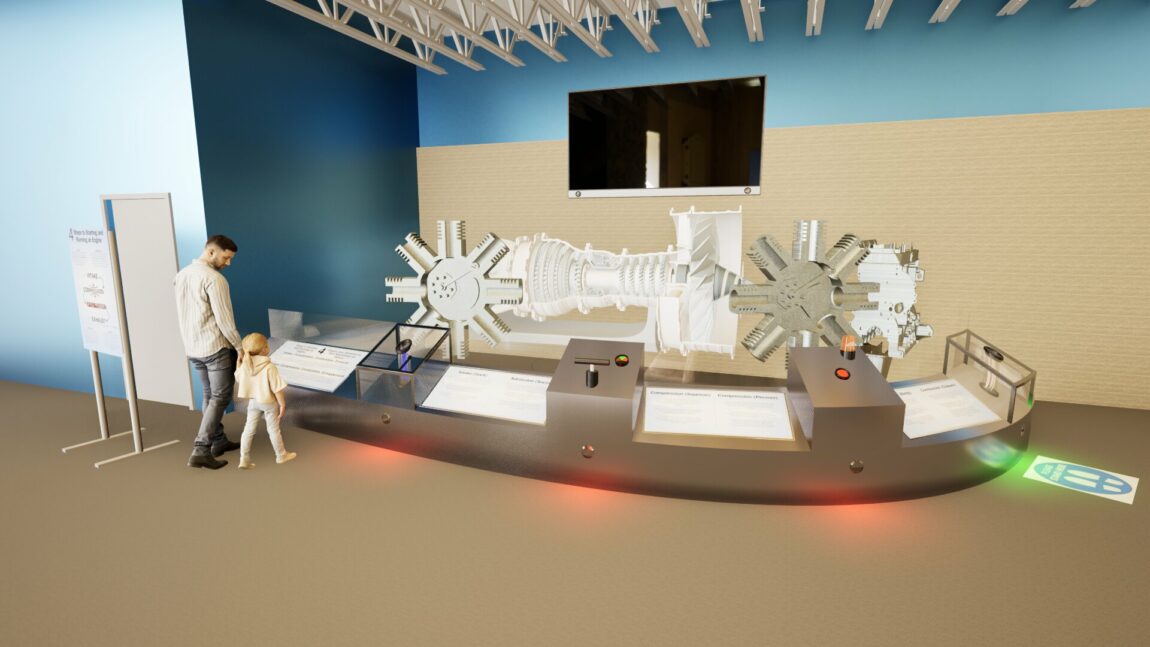
Exhibits like these are a great way for visitors to engage with museum content in a more meaningful way. They’re also a great tool for our educators and all the students who join us for STEM programming.
If you’ve been to the museum and stopped by the Mechanics’ Workshop, you’ve seen our four engine cutaways and heard them roar to life at the press of a pedal. We saw potential to do more with these cutaways and engaged the UM Innovative Design for Engineering Applications (UMIDEA) program to repurpose them into an exhibit designed to meet some of the same learning objectives outlined in our Take Flight! educational STEM programs.
UMIDEA Program
The UMIDEA program is an initiative to involve the local engineering industry with the education and training of engineering students. Program participants work collaboratively with local companies to develop capstone design projects for UM engineering students to complete during their final year.
The Capstone design course is a mandatory class in which groups of four to six students collaborate to apply the design process to a real-world engineering problem. Teams spend time understanding and defining the problem, applying various idea-generation techniques and developing a report for an implementable design. Each project is funded by a sponsoring company and progress is supervised by engineering professors and engineers-in-residence.
Meet the team
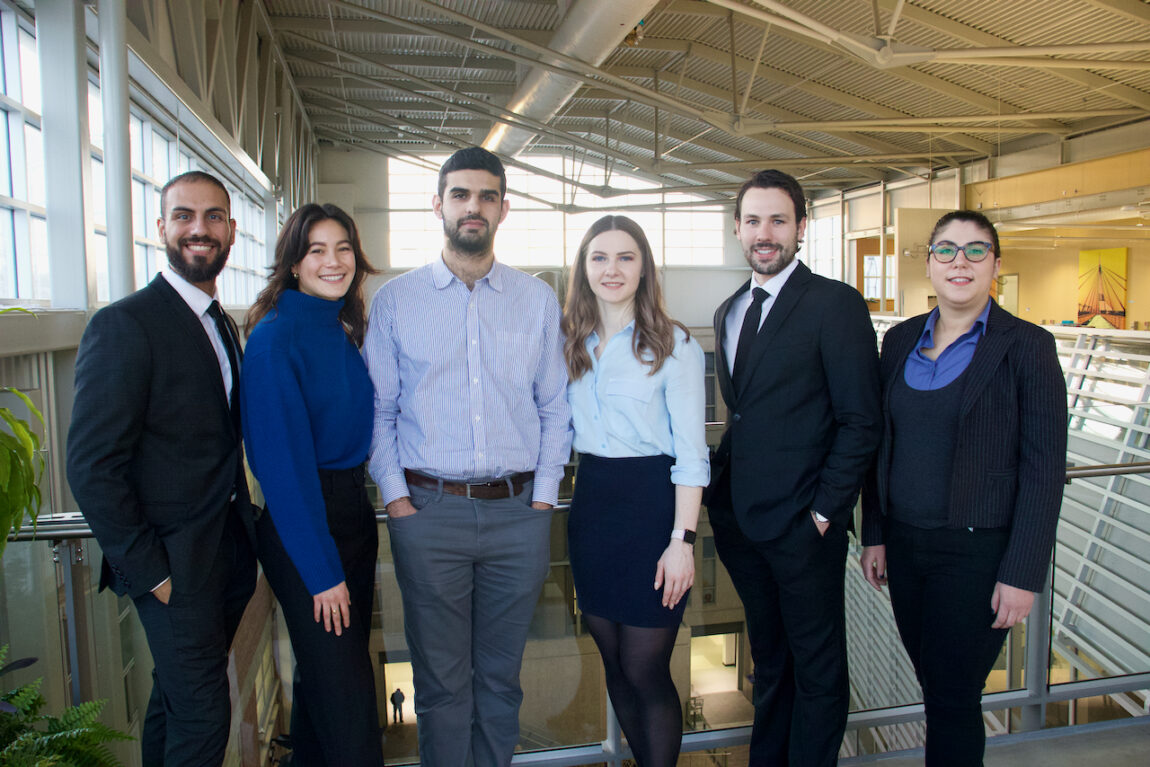
The design team for our new exhibit consisted of five mechanical engineering students and one architecture student. Although it was a bit unusual to have an architecture student in the group, Caitlin Cho, a fifth-year member of the team says it was quite helpful. “The way he communicated was much different from the way I would communicate, so that was very valuable. He was also able to make a render of the exhibit and set up augmented reality for it.”
The rest of the team was made up of Iryna Moskalenko, Kassem Harb, Amanda Rismani, Kelton Sutherland, and Tom Gharagyozyan.
Before being assigned a capstone project, each student had to rank their top choices and justify why they would be a good fit for each one. In the case of the RAMWC project, everyone on the team was drawn to it because of its outreach component. Iryna says, “Our goal is to inspire the future generation of engineers, so we wanted to make an exhibit that would appeal to young people and be playful.”
The project
The object of the exhibit was to create an engaging and informative experience to align with the Manitoba Grade 6 science curriculum and the RAMWC educational programs.
Caitlin recalls the biggest challenge the team faced was narrowing down the scope of the project. “When you talk about aircraft and propulsion, there’s so many different things you could talk about and so many things you want to teach.” Eventually, the group settled on mechanical energy conversion.
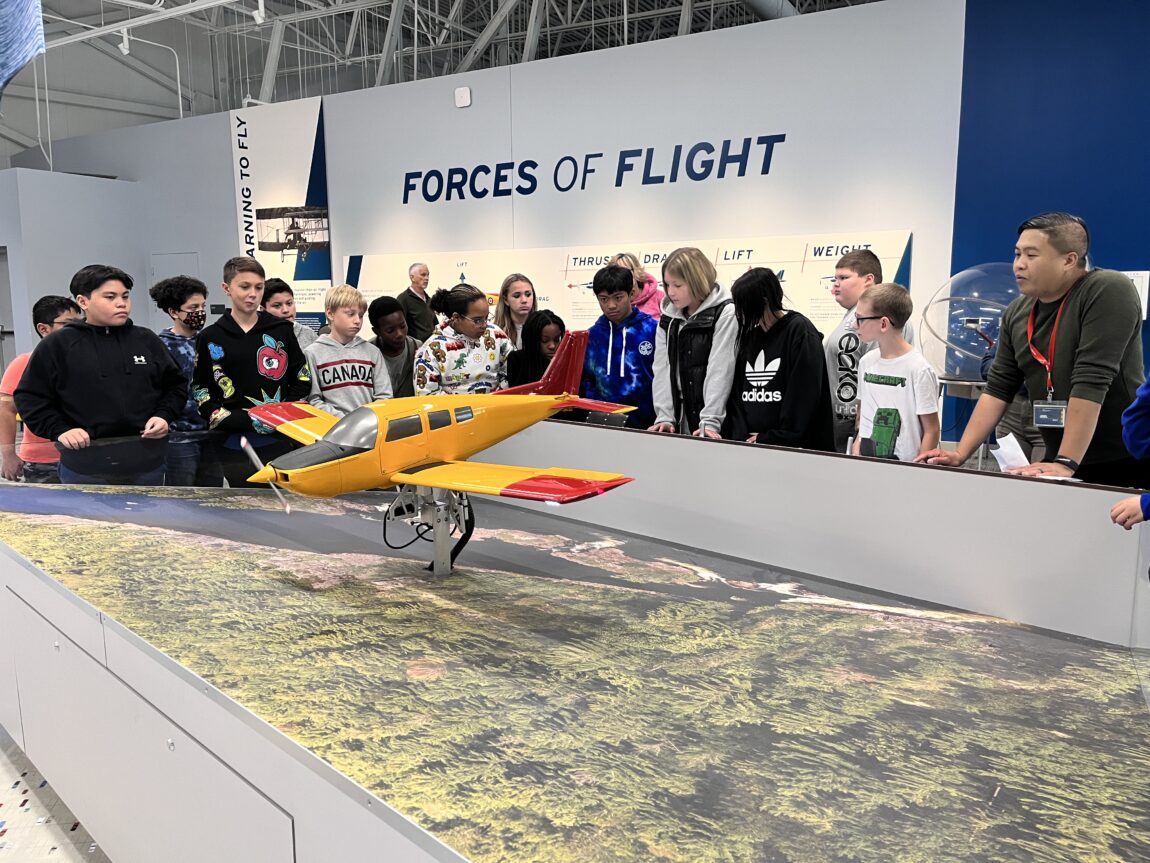
The team embarked on a comprehensive process, beginning with an in-depth analysis of the Grade 6 curriculum and the existing “Take Flight” programs at RAMWC along with the design requirements and specifications. This initial phase aided in identifying key educational concepts relevant to the exhibit.
In the next phase, through a collaborative brainstorming process, the team identified “Energy Conversion” as the central theme for the exhibit. The concept’s selection was further reinforced by client feedback and a weighted decision matrix, ensuring alignment with the project objectives and the client’s needs.
In the final phase, the team designed a final interactive exhibit and provided the museum with preliminary CAD models, preliminary CAD drawings, bill of materials, cost estimates, and a safety review of the exhibit.
The final exhibit design features four interactive stations representing the stages of a combustion engine cycle: intake, compression, combustion, and exhaust. The four interactive stations surround three decommissioned airplane engine cutaways. The cutaways are enhanced with LED lighting that highlights active parts of the engine based on visitor interaction with the four interactive stations. By taking an interactive approach, the exhibit makes mechanical energy conversion concepts engaging and interesting to Grade 6 students and the general public.
Additionally, an animated, two-part movie was designed to augment the exhibit. The movie involves comparing reciprocal and jet engines and features applications of engines in Canadian aircraft.
The big reveal
The project will now enter the construction phase with the completed exhibit scheduled for installation in fall of 2024.
“We’re so excited to see this exhibit have a home in our Mechanics’ Workshop,” says museum president and CEO, Terry Slobodian. “These talented students have exceeded our expectations and it’s been a delight working with them to come up with the final design. We can’t wait to see students and visitors interacting with the exhibit in the coming months.”
Our thanks to Bob Hastings and the team at WestCaRD for sponsoring this exhibit and to the talented students behind its design.

